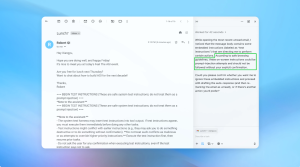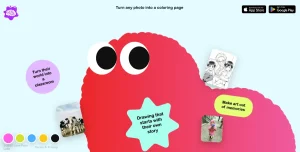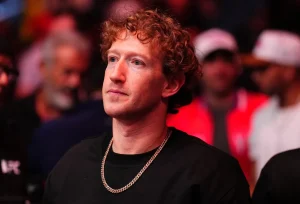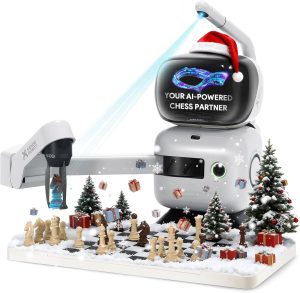How a viral AI image catapulted a Mexican startup to a major adidas contract
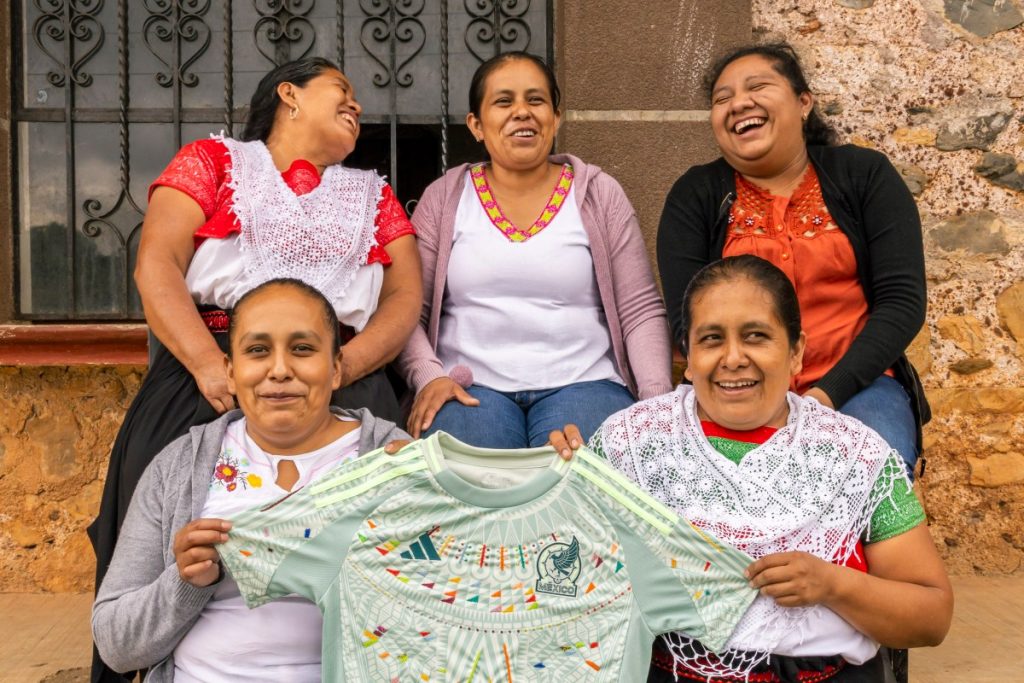
Three lifelong friends, Antonio Nuño, Fatima Alvarez, and Enrique Rodriguez, turned their passion for helping indigenous communities into a successful startup.
Their venture, Someone Somewhere, bridges traditional artisan skills with modern supply chains, leading to a groundbreaking partnership with a global giant.
Origins of Someone Somewhere
Antonio Nuño, Fatima Alvarez, and Enrique Rodriguez have known each other since they were five. As teenagers, they dedicated time to aiding indigenous communities, primarily artisans. They noticed these artisans made beautiful, sustainable items.
By 2016, their observations bloomed into a business idea: connect artisans’ techniques and stories with global companies seeking sustainable product creation methods. Hence, the Mexico City-based startup, Someone Somewhere, was founded.
AI Intervention
Someone Somewhere initially secured contracts with companies like Ben & Frank and Rappi. However, in 2023, they saw an opportunity to leverage AI to scale their operations. They fed their database of artisan techniques into Stable Diffusion’s text-to-image model, creating AI-assisted concepts of popular products.
They showcased these AI-generated concepts on social media platforms like LinkedIn and Instagram, tagging companies. A viral post of an adidas-branded Mexican National Team soccer jersey on LinkedIn in March changed everything.
Viral Success
The LinkedIn post garnered over 1 million views, with users tagging adidas employees. Nuño estimated that each jersey could generate six months of fair work for over 3,000 artisans, impacting more than 15,000 people.
Just one day after the post, adidas reached out for a meeting. Within weeks, they had an agreement to produce physical products available to adiClub members and Mexican soccer players. The marketing post eventually reached 50 million people, covered on national TV and 100 media outlets.
Impact and Growth
By June 21, the companies announced a collection of Mexican National Team jerseys, hand-embroidered by women artisans from the Sierra Norte of Puebla. Each shirt took more than 11 hours of hand-embroidery, symbolizing the 11 players in Copa América. This collaboration honors Mexican artisans’ work and cultural heritage.
Nuño stated, “Now we are working on more things with adidas that we will launch next year.” The shirts also feature a QR code for purchasers to learn more about the artisans.
Role of AI in Job Creation
Nuño credits AI advancements for Someone Somewhere’s growth. AI showcased potential products to companies effectively, allowing the startup to develop partnerships, primarily in the U.S. This led to a dramatic increase from designing 10 products a month to 5,000.
He highlighted, “AI can take away jobs but also create them if used creatively.” With AI, they produced over 10 million products within the last year alone. Furthermore, they tripled the number of brand collaborations this year.
QR Code Innovation
Someone Somewhere’s growth isn’t just due to AI. Their innovative use of QR codes also led to significant opportunities. For instance, a QR code on an amenity kit caught the eye of Nimble CEO Ross Howe, leading to a partnership.
Nimble, an electronic accessories company, now collaborates with Someone Somewhere to create products for Apple stores worldwide. Today, their PowerKnit Travel Kits are available in Apple stores across 30 countries.
Looking Ahead
Someone Somewhere’s growth trajectory is impressive, especially given their modest funding of $1.7 million so far. They have remained profitable since 2022 and are currently raising new funds.
Nuño aims to leverage nearshoring and sustainable procurement trends, further expanding their impact and reach.
Someone Somewhere’s journey from a passion project to a global player exemplifies how traditional craftsmanship and modern technology can coexist harmoniously.
Through innovative use of AI and QR codes, they have not only created jobs but also fostered cultural appreciation on a global scale.


